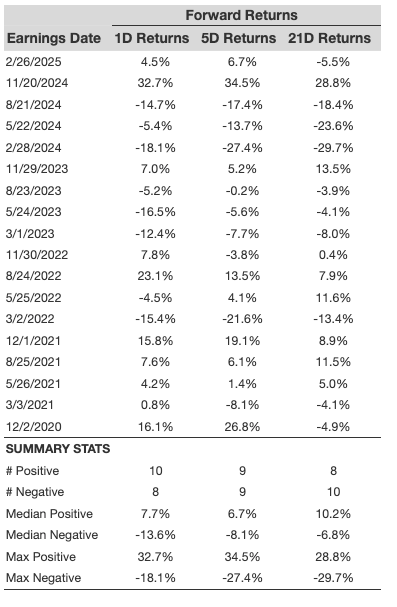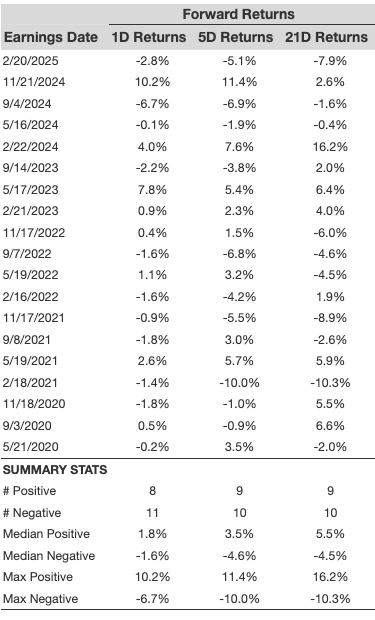Understanding Social Security Eligibility and Working While Retired
Americans become eligible for Social Security benefits at age 62. While many eagerly sign up at this age, being eligible doesn’t mean you have to stop working. The government permits individuals to receive Social Security checks while continuing to work, but there are important rules to consider. Here are three key factors to keep in mind.
1. Social Security Earnings Test
The Social Security earnings test can reduce your benefits if your income exceeds certain limits. This rule applies only to individuals who receive benefits before reaching their full retirement age (FRA), which is 67 for most workers today.
In 2025, if you are under your FRA for the entire year, you will forfeit $1 from your benefits for every $2 you earn over $23,400. Once you reach your FRA, the penalty shifts to $1 lost for every $3 earned over $62,160, assuming these earnings occur before your birthday.
For those with high incomes, the earnings test can temporarily eliminate Social Security benefits. Therefore, it’s crucial to adjust your budget to rely more on your salary during these months. Thankfully, any benefit you lose due to the earnings test is recouped as an increase when you reach your FRA. This increase can be significant, particularly if your benefits were entirely withheld previously.
2. Potential for Benefit Increases
Your Social Security benefits are based on your highest 35 years of income. As many people earn more in their later years, claiming benefits while your income rises could lead to higher monthly checks beyond the standard cost-of-living adjustment (COLA).
Your specific increase will depend on how your current income compares to past earnings. For some, this adjustment can lead to a meaningful boost in monthly income.
3. Tax Implications for Social Security Benefits
Federal taxes apply to Social Security benefits if your provisional income exceeds $25,000 for single filers or $32,000 for married couples. In some cases, you could pay taxes on up to 85% of your benefits.
This doesn’t mean you’ll lose a significant portion of your checks; rather, you will owe ordinary income tax on the taxable amount. However, the total tax obligation can add up to a substantial figure annually.
Continuing to work while receiving benefits can place you within a taxable income bracket. Currently, there is interest in potential changes to the taxation of Social Security benefits, but for now, planning is essential. Set aside funds for taxes or request that the Social Security Administration withhold tax amounts from your monthly checks. Consulting a tax professional could provide additional guidance tailored to your situation.
If you have questions about how these areas may affect you, consider contacting the Social Security Administration directly. You can reach out by phone or visit a nearby field office for assistance.
The $22,924 Social Security Bonus Many Retirees Overlook
Many Americans find themselves behind in retirement savings. However, certain lesser-known strategies could significantly enhance your retirement income, potentially providing as much as $22,924 more per year.
These strategies for maximizing Social Security benefits could pave the way for a more secure retirement, allowing you to enjoy the financial stability we all seek.
The Motley Fool has a disclosure policy.
The views and opinions expressed herein are solely those of the author and do not reflect the opinions of Nasdaq, Inc.







